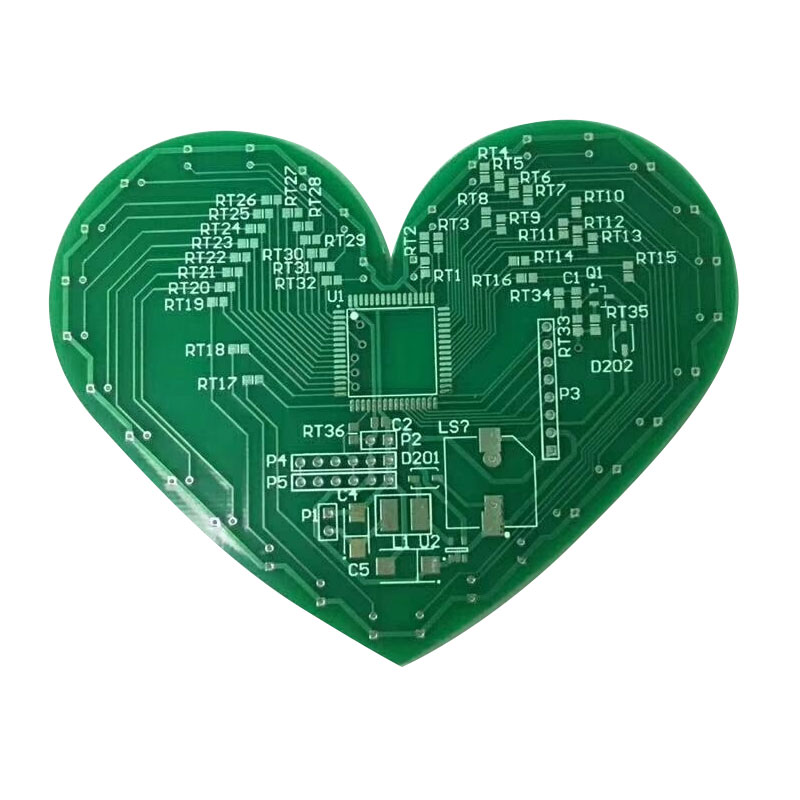

1. Principles that should be followed in PCB layout design:
First, consider the size of the PCB. When the PCB size is too large, the printed lines will be long, the impedance will increase, the anti-noise ability will decrease, and the cost will also increase; if it is too small, the heat dissipation will be poor, and the adjacent lines will be easily interfered. After determining the size of the printed circuit board, determine the location of special components. Finally, according to the functional units of the circuit, all components of the circuit are laid out.
2. When PCB layout of circuit components, it must meet the requirements of anti-interference design:
Arrange the position of each functional circuit unit according to the circuit process, so that the layout is convenient for signal circulation, and the signal keeps the same direction as possible.
For circuits that work at high frequencies, the distribution parameters between components should be considered. In general circuits, the components should be arranged in parallel as much as possible. In this way, it is not only beautiful, but also easy to install and weld.
Components located on the edge of the circuit board are generally not less than 2mm away from the edge of the circuit board. The preferred shape of the circuit board is rectangular. The aspect ratio is 3:2 or 4:3. When the size of the circuit board surface is larger than 200×150mm, the mechanical strength of the circuit board should be considered.